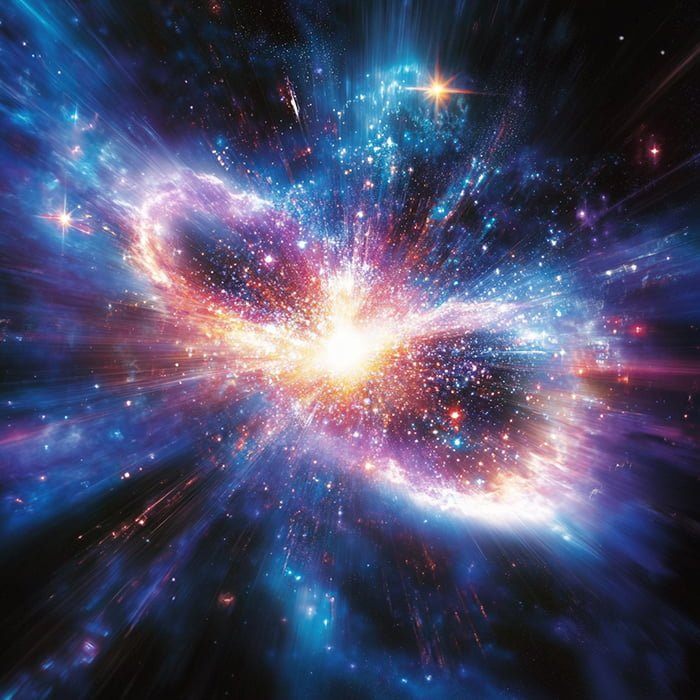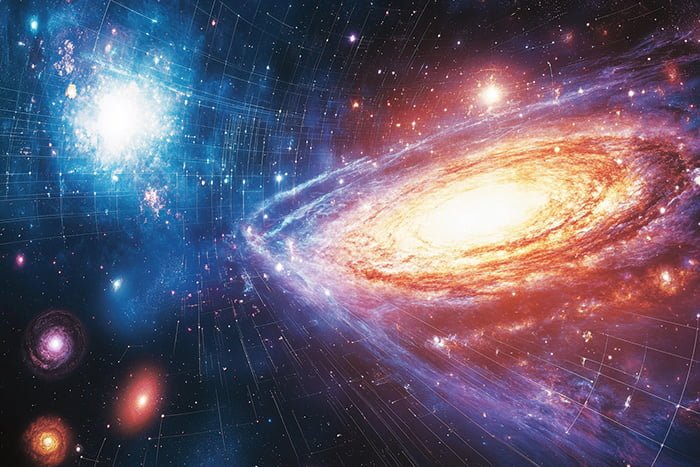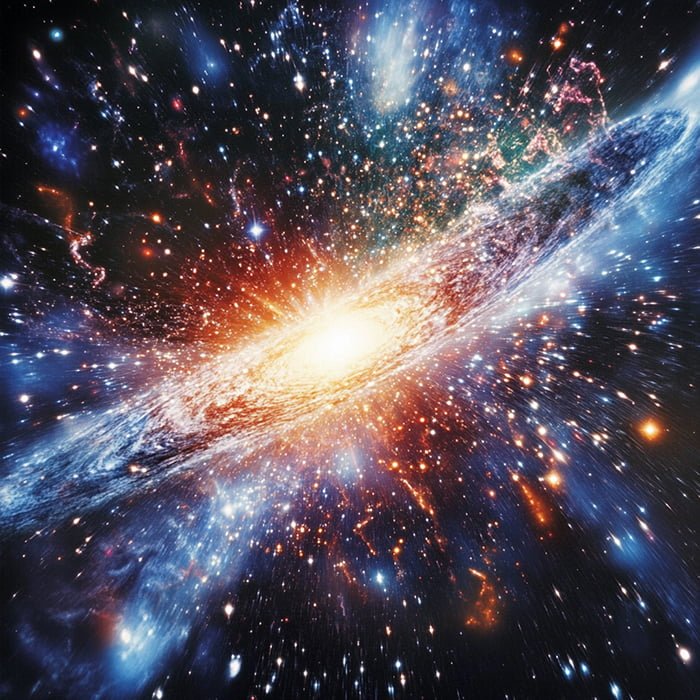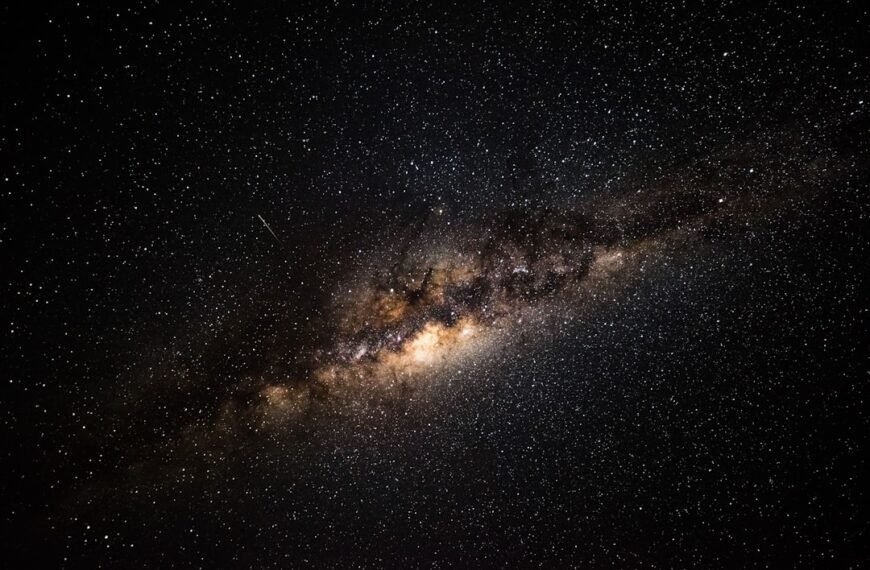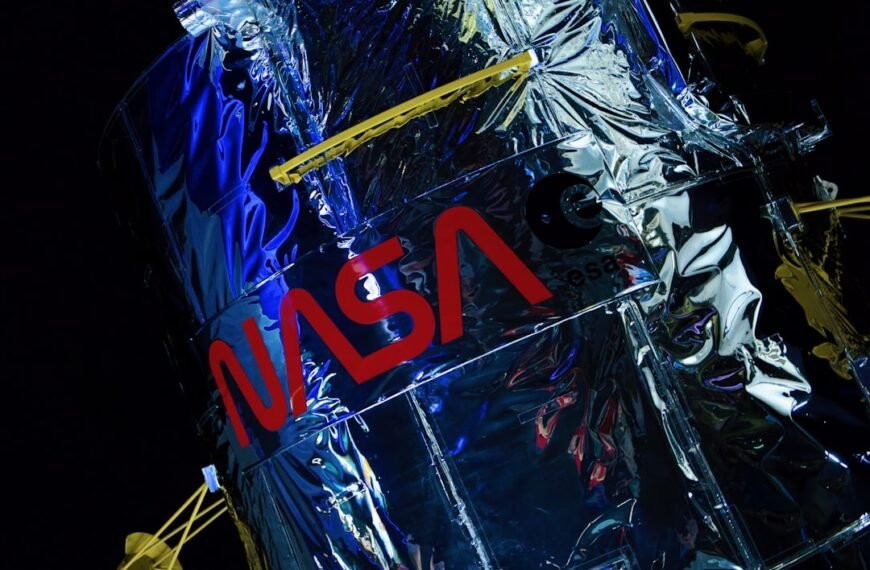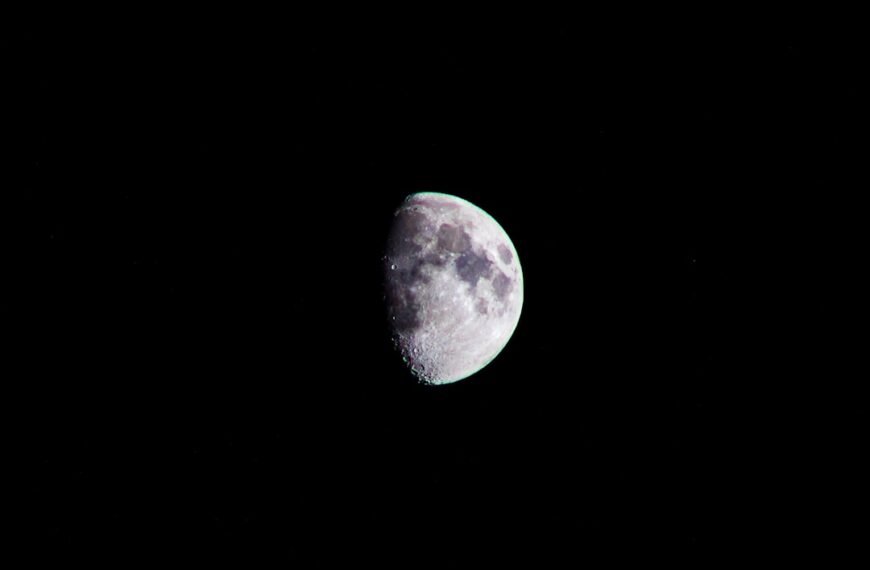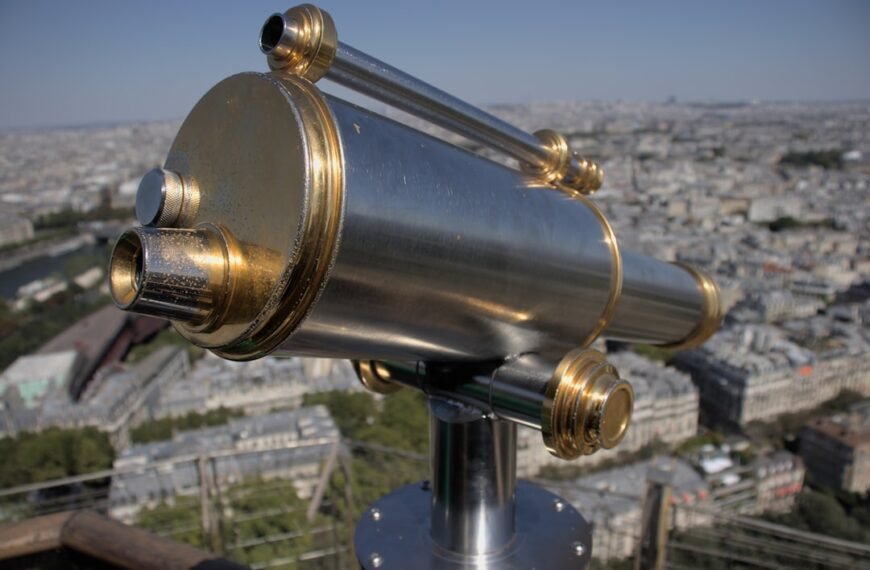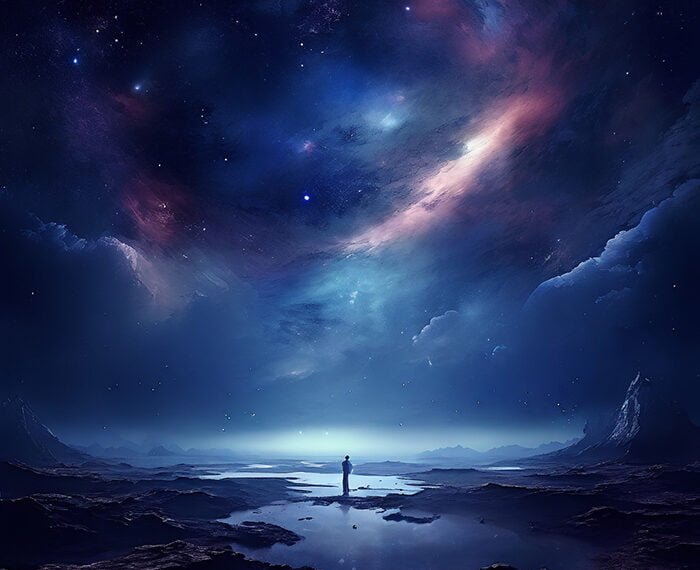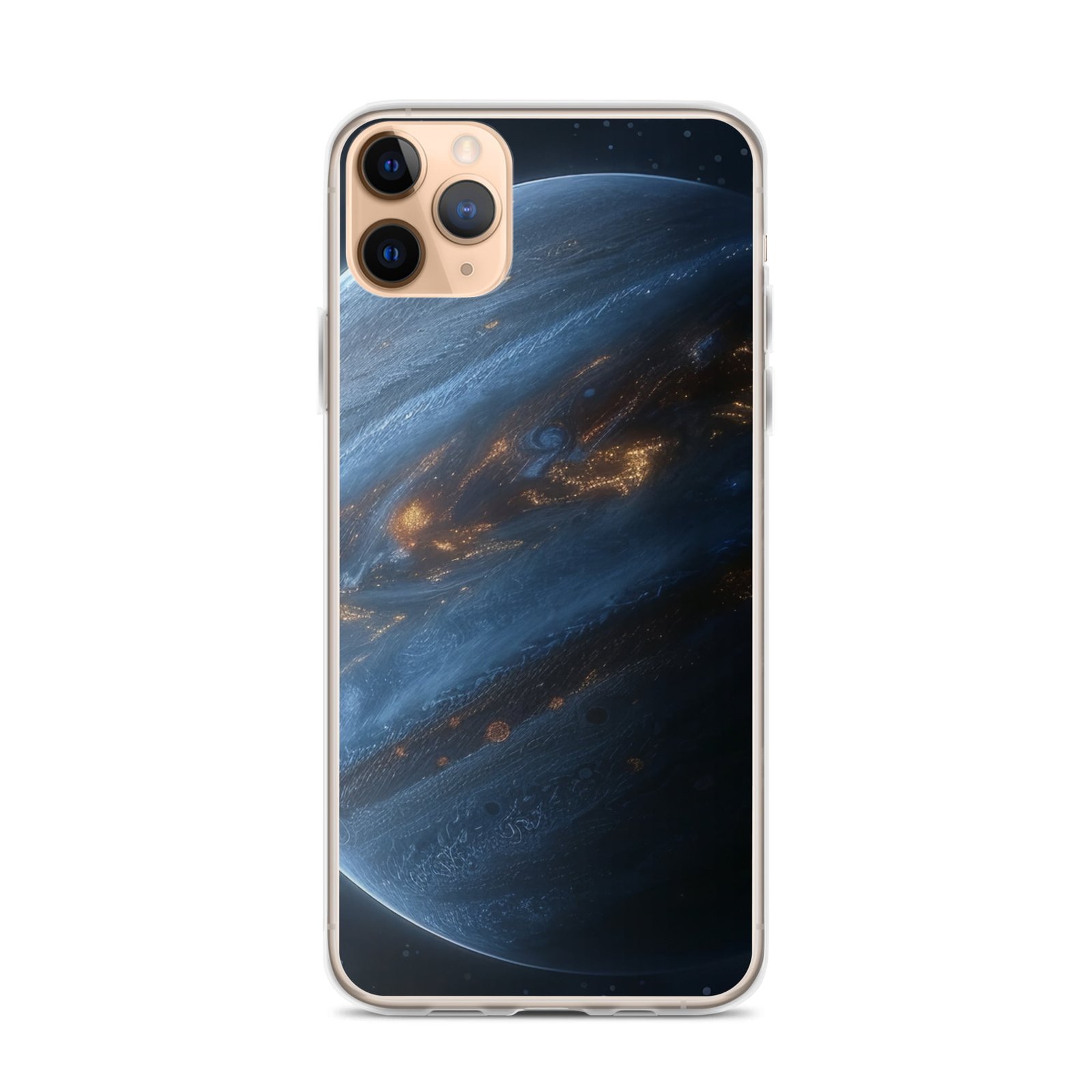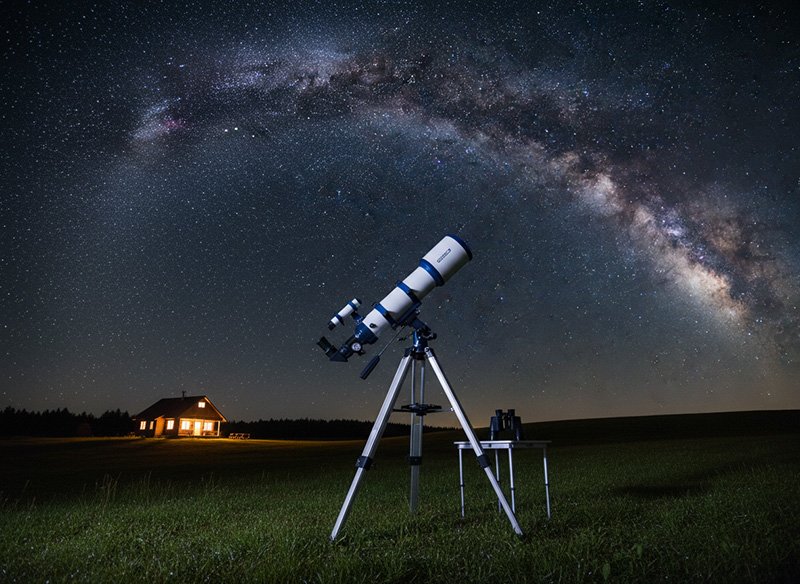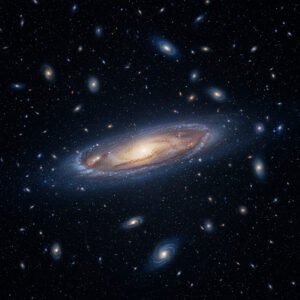The Big Bang Theory explains the universe’s origin from a singularity 13.8 billion years ago, supported by CMB and redshift evidence.
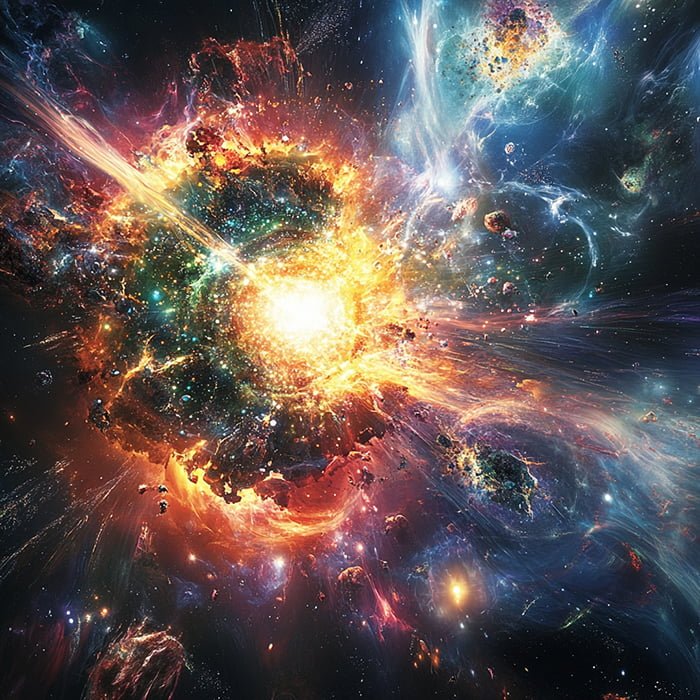
Key Points
- The Big Bang Theory is the leading explanation for the origin and evolution of the universe.
- The universe began from a singularity approximately 13.8 billion years ago.
- Cosmic inflation, a rapid expansion, occurred within a fraction of a second after the Big Bang.
- Fundamental particles formed and combined to create atomic nuclei during nucleosynthesis.
- The epoch of recombination allowed light to travel freely, resulting in the cosmic microwave background (CMB) radiation.
- Observational evidence, such as the CMB and the redshift of distant galaxies, supports the Big Bang Theory.
- The universe has been evolving ever since, forming stars, galaxies, and other cosmic structures.
The Big Bang Theory is the prevailing cosmological model explaining the origin and evolution of the universe. This article synthesizes key points from various sources to provide a comprehensive understanding of how the Big Bang happened.
The Beginning of the Universe
The Singularity
The Big Bang Theory posits that the universe began from an extremely hot and dense state approximately 13.8 billion years ago. This initial state is often described as a singularity, a point of infinite density and temperature where the known laws of physics break down.

The Initial Expansion
From this singularity, the universe began to expand. This expansion was not into pre-existing space but rather an expansion of space itself. The concept of the universe expanding from a singularity is a cornerstone of the Big Bang Theory.
Cosmic Inflation
Rapid Expansion
A critical phase known as cosmic inflation occurred within a fraction of a second after the Big Bang. During this period, the universe expanded exponentially, growing faster than the speed of light. This rapid expansion smoothed out any irregularities and set the stage for the universe’s subsequent evolution.
Impact on the Universe
Cosmic inflation explains the large-scale uniformity of the universe and the distribution of galaxies. It also accounts for the slight fluctuations that led to the formation of cosmic structures.
Formation of Fundamental Particles
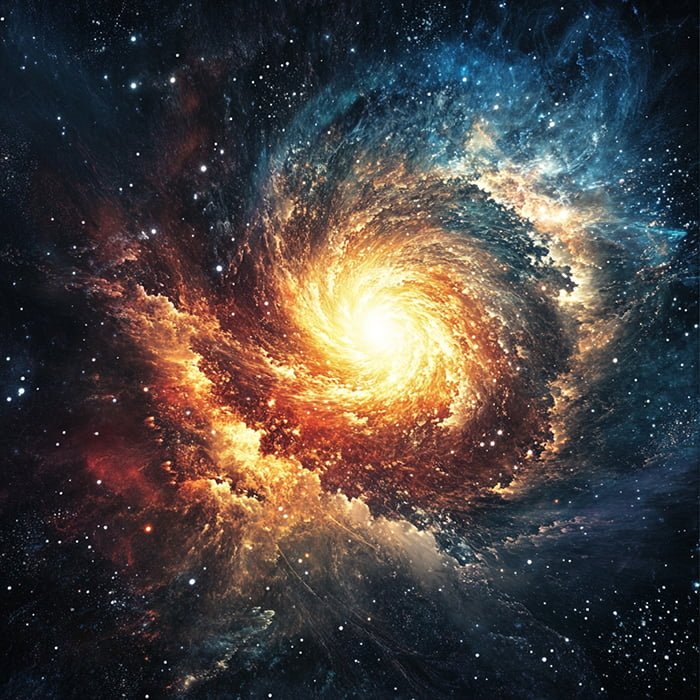
The Quark-Gluon Plasma
Following the end of cosmic inflation, the universe continued to expand and cool. Within the first second, it consisted of a hot, dense “soup” of fundamental particles such as quarks, electrons, and neutrinos. This state is known as the quark-gluon plasma.
Nucleosynthesis
As the universe cooled further, these particles combined to form protons and neutrons. These protons and neutrons later fused to create the first atomic nuclei during a period known as nucleosynthesis. This process primarily produced hydrogen and helium, the lightest and most abundant elements in the universe.
The Epoch of Recombination
Formation of Neutral Atoms
About 380,000 years after the Big Bang, the universe had cooled enough for electrons to combine with nuclei, forming neutral atoms. This period is known as the epoch of recombination. The formation of neutral atoms allowed light to travel freely through space, resulting in the cosmic microwave background (CMB) radiation.

Cosmic Microwave Background (CMB)
The CMB is a crucial piece of evidence for the Big Bang Theory. It is the afterglow of the Big Bang, providing a snapshot of the universe when it was just 380,000 years old. The uniformity and slight fluctuations in the CMB support the theory of cosmic inflation and the Big Bang.
Observational Evidence
Discovery of the CMB
Several key observations support the Big Bang Theory. The discovery of the CMB by Arno Penzias and Robert Wilson in 1964 provided substantial confirmation of the theory. The CMB is a faint glow of radiation that fills the universe and is a remnant of the early stages of the universe.
Redshift of Distant Galaxies
Additionally, the redshift of distant galaxies observed by Edwin Hubble in the 1920s demonstrated that the universe is expanding. This redshift occurs because the light from distant galaxies is stretched to longer wavelengths as the universe expands, further supporting the Big Bang model.

Evolution of the Universe
Formation of Cosmic Structures
As the universe continued to expand and cool, matter began to clump together under the influence of gravity, forming stars, galaxies, and other cosmic structures. These structures evolved over billions of years, leading to the complex universe we observe today.
Ongoing Expansion
The universe has been evolving ever since, becoming less dense and cooler over time. Observations of distant supernovae have shown that the expansion of the universe is accelerating, driven by a mysterious force known as dark energy.
Conclusion
Summary of Key Points
The Big Bang Theory provides a comprehensive explanation for the origin and evolution of the universe. From the initial singularity and cosmic inflation to the formation of fundamental particles and the epoch of recombination, the theory is supported by a wealth of observational evidence. The discovery of the CMB and the redshift of distant galaxies are key pieces of evidence that support the Big Bang model.
Importance of the Article
This article is important because it provides a detailed and comprehensive explanation of the Big Bang Theory, which is the cornerstone of modern cosmology. Understanding the Big Bang Theory helps us comprehend the origin and evolution of the universe, the formation of cosmic structures, and the ongoing expansion of the universe.
Lessons Learned
From this article, we learn about the critical phases of the universe’s evolution, the formation of fundamental particles, and the importance of observational evidence in supporting scientific theories. The Big Bang Theory not only explains the origin of the universe but also provides insights into its future evolution, making it a fundamental concept in the field of cosmology.

By understanding the Big Bang Theory, we gain a deeper appreciation of the universe’s complexity and the scientific methods used to unravel its mysteries. This knowledge is essential for anyone interested in the origins and evolution of the cosmos.

